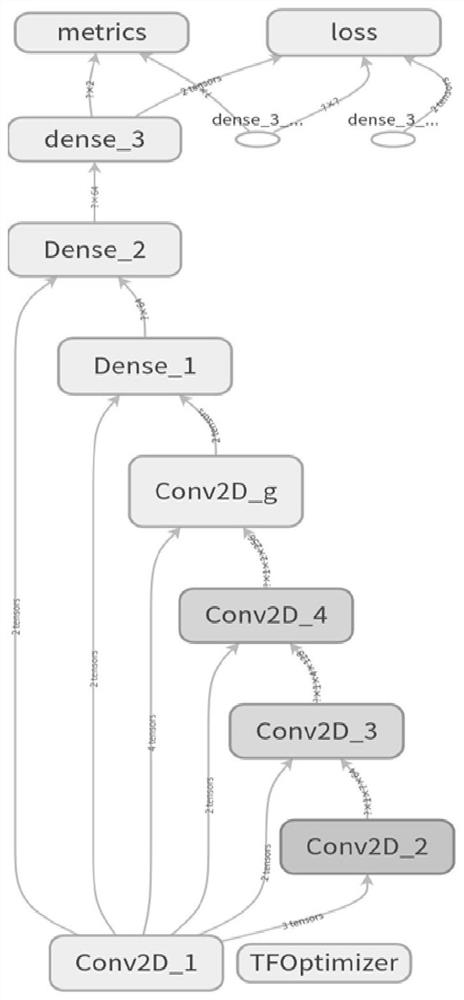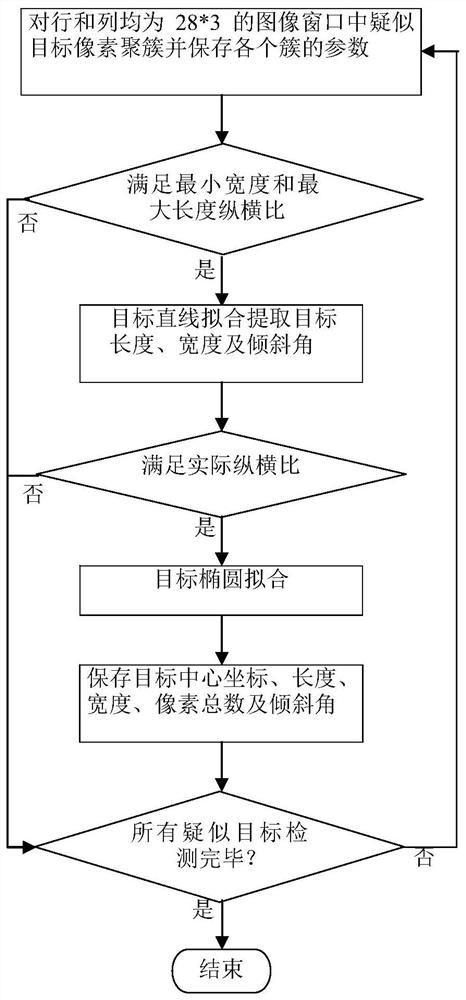A detection method of marine objects in sar data based on otd_loglogistic
A technology for target detection and detection methods, applied in neural learning methods, ICT adaptation, instruments, etc., can solve problems such as being unscientific and universal, no longer conforming to Gaussian distribution, and complex sea clutter distribution, etc. The effect of eliminating the number of disasters, overcoming the long computational cost, and improving the detection efficiency and accuracy
- Summary
- Abstract
- Description
- Claims
- Application Information
AI Technical Summary
Problems solved by technology
Method used
Image
Examples
Embodiment Construction
[0039] Below in conjunction with accompanying drawing and specific embodiment the present invention is described in further detail:
[0040] 1. Lightweight deep learning model construction
[0041] 1. OceanTDAx series model construction
[0042] When building a lightweight deep learning model, the OceanTDAx series, a lightweight convolutional neural network model, was first designed. The OceanTDAx series includes four models, namely OceanTDA2, OceanTDA4, OceanTDA9, and OceanTDA16. Preliminary experiments show that the OceanTDA9 model has the best detection effect.
[0043] The structure of the OceanTDA9 model is as follows figure 1 As shown, it contains 4 convolutional layers, 1 convolutional group and 3 fully connected layers. The first 4 convolutional layers are Conv2D_1, Conv2D_2, Conv2D_3, Conv2D_4. The form of each convolution is the same, and they are all Convolution2D- ReLU-Dropout-Maxpooling; the middle convolution group is Conv2D_g, and the organization form is (Co...
PUM
 Login to View More
Login to View More Abstract
Description
Claims
Application Information
 Login to View More
Login to View More - R&D
- Intellectual Property
- Life Sciences
- Materials
- Tech Scout
- Unparalleled Data Quality
- Higher Quality Content
- 60% Fewer Hallucinations
Browse by: Latest US Patents, China's latest patents, Technical Efficacy Thesaurus, Application Domain, Technology Topic, Popular Technical Reports.
© 2025 PatSnap. All rights reserved.Legal|Privacy policy|Modern Slavery Act Transparency Statement|Sitemap|About US| Contact US: help@patsnap.com



